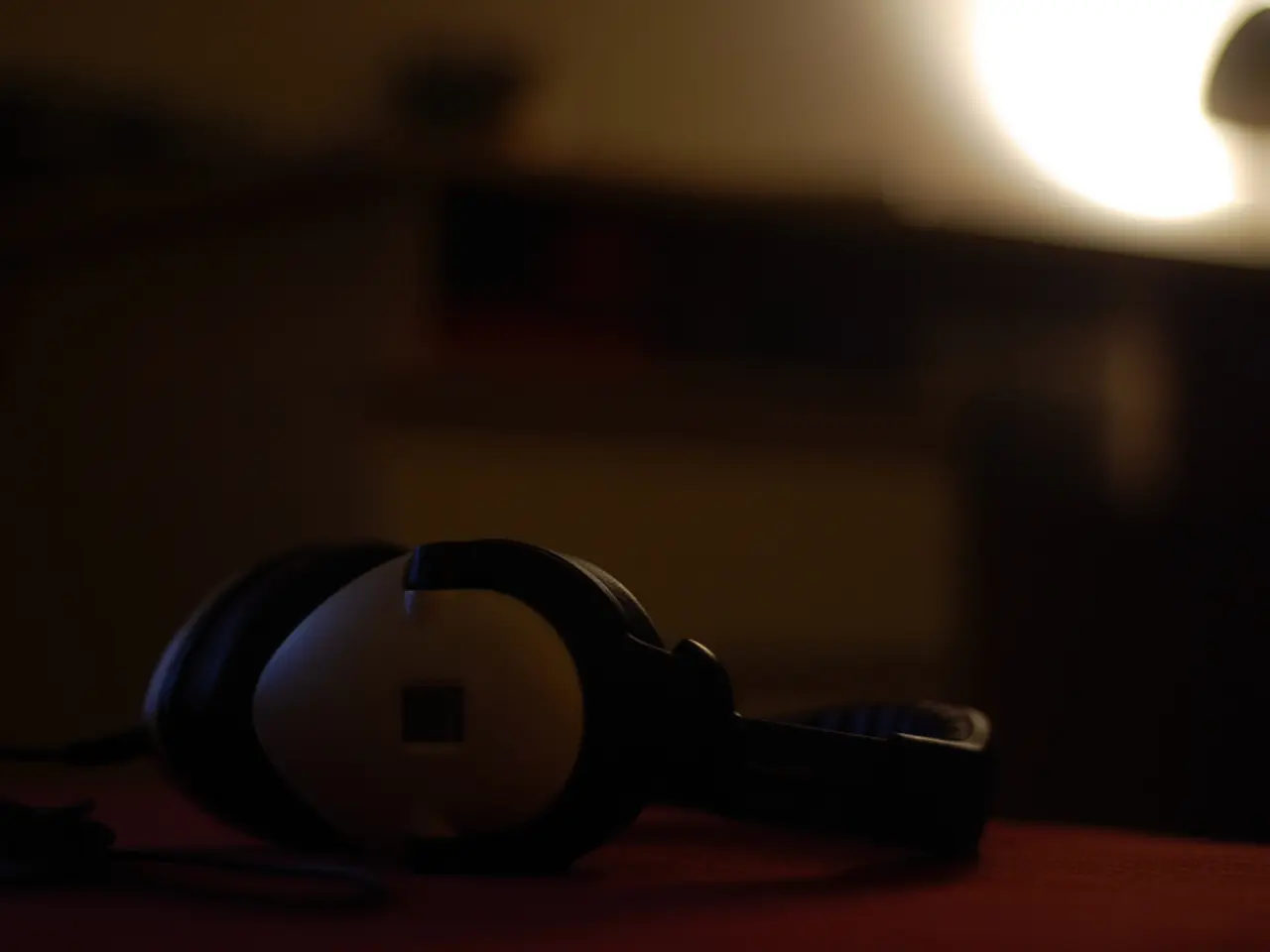Understanding Hearing Loss: Causes, Diagnosis, and Prevention
Hearing loss, a common issue affecting millions worldwide, has various causes and degrees of severity. Understanding its origins and diagnostic methods is crucial for timely intervention and management.
Hearing loss can stem from several factors. Birth defects, chronic ear infections, inherited conditions, injuries, inner ear diseases, loud noises, and ruptured eardrums are all common causes. Age also plays a significant role, with at least 25% of people over 50 and 50% of people over 80 experiencing some form of hearing loss.
Diagnosing hearing loss often involves an audiometry exam. This noninvasive test assesses hearing function, including sound intensity, tone, balance, and inner ear issues. It measures sound tone in hertz (Hz), with low bass tones around 50 Hz and human speech generally between 500 and 3,000 Hz. Sound intensity is measured in decibels (dB), ranging from whispers at about 20 dB to jet engines between 140 and 180 dB.
Audiologists administer audiometry tests to identify and treat hearing loss. Prolonged exposure to loud noises above 85 dB, such as rock concert music, can lead to sensorineural hearing loss, a permanent condition resulting from damaged cochlea hair cells or auditory nerves/brain processing.
Audiometry, first introduced in the early 20th century, remains a vital tool in diagnosing hearing loss. Understanding its causes, such as prolonged exposure to loud noises and age-related degeneration, can help prevent and manage this common condition. Regular audiometry tests, as part of routine screenings or when noticing hearing loss, are essential for early intervention and improved quality of life.
Read also:
- Hospital's Enhancement of Outpatient Services Alleviates Emergency Department Strain
- Increased Chikungunya infections in UK travelers prompt mosquito bite caution
- Kazakhstan's Deputy Prime Minister holds discussions on the prevailing circumstances in Almaty
- In the state, Kaiser Permanente boasts the top-ranked health insurance program





